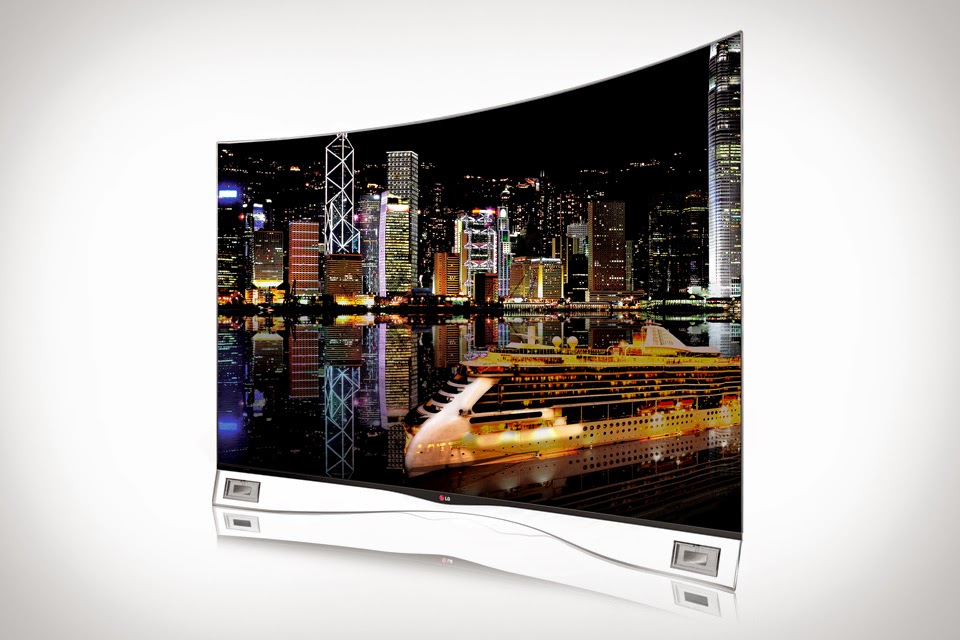Reflections on CES and the Impact of New Technology on the Aftermarket Services Industry
technological achievement that sometimes defies belief. From a tiny wearable
drone that takes video selfies to self-driving luxury cars, the offerings at
CES 2015 did not disappoint.
 |
| Robert Coolidge President & CEO |
just yet for television innovation. Manufacturers like LG and Samsung showed
off Laser, OLED, 4k and even 8k technology that delivers more vibrant displays than
real life. Curved screens and 3D displays with no need to wear special glasses
are also taking TV viewing to the next level and beyond.
reset their pricing strategies to match the innovation value they are
delivering to the market. The good news for the CE service repair industry is
that these ultra high def products are now at a price point that encourages
repair versus replacement.
is also certain to shake up the service industry. Identifying repair needs before
a consumer electronic device or major appliance fails is just one possibility.
For the first time in many years, the future seems a little brighter for field
service networks and independent dealers for both CE and appliances.
to help revitalize the service industry, as well as the CE industry at large.
Still, the days are long gone when a servicer could rely solely on TV repair to
stay relevant. As the major
manufacturers continue to diversify and seek to “own the home” with smart
devices and interactive products, they will be looking for service partners
that can manage more than just CE products.
drive business with consumer customers directly. Offering extended warranties
or product accessories in home are a couple of options. The diversification
mantra currently echoing throughout the service industry should be louder than
ever.
forced to lower warranty rates for field service repair companies. Faced with
decreased margins and labor rates and fluctuating parts costs, many servicers
are going out of business, which may leave fewer service professionals to support
products aftermarket.
seems like a reluctant symbiotic relationship. But manufacturers must realize
that when they pay a subpar labor rate or impose other perceived hardships on their
service providers, their brands will ultimately suffer. At the end of the day, it’s the servicer who
is face to face with the consumers in their homes. If they’re treated well,
they can be a manufacturer’s most vocal supporter. Likewise, they can influence
a negative perception that can spread far and wide as consumers are quick to
take to social media.
persuasion tool. Manufacturers have a responsibility to their brand and the
products they market to ensure service networks – and others in the aftermarket
supply chain like parts suppliers – remain healthy, prosperous and continue to
grow and evolve collectively.





Leave a Reply